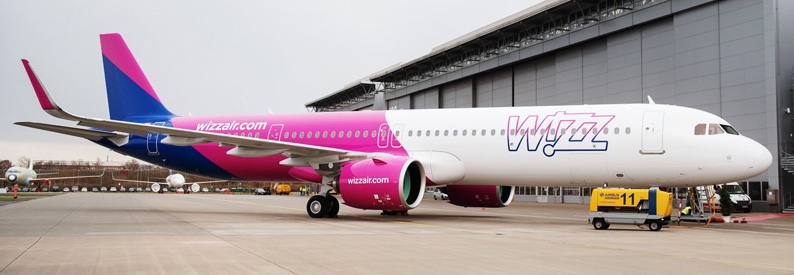European Airlines Battle Supply Crunch

European airlines are preparing for a challenging summer amid ongoing supply constraints that are affecting the delivery and maintenance of new aircraft, engines, and cabin products across fleets. Analysis of OAG Schedules Analyser data reveals that overall capacity from and within Europe has been curtailed by persistent delays and logistical hurdles.
These supply chain issues, exacerbated by production slowdowns and maintenance backlogs, are forcing carriers to reexamine their operational strategies as they attempt to balance rising passenger demand with a limited availability of critical fleet components. As air travel rebounds and summer itineraries fill quickly, the pressure mounts on airlines to maintain reliable schedules while grappling with reduced fleet capacity and the need for costly, expedited maintenance work.
The root causes of these challenges are multifaceted. In recent months, disruptions in the manufacturing processes of new aircraft parts have led to a domino effect, delaying engine deliveries and the installation of advanced cabin products that enhance passenger comfort and operational efficiency. Airlines, which rely heavily on state-of-the-art technology to meet modern travel expectations, are now confronting extended turnaround times and deferred upgrades. This situation is compounded by maintenance issues that are not only delaying routine checks but also postponing the integration of new systems designed to improve fuel efficiency and reduce emissions. The cumulative effect is a tightening of available capacity, with carriers potentially forced to reduce flight frequencies or adjust schedules to accommodate the slower pace of fleet renewal.
Industry experts have observed that these persistent supply constraints have broader implications for the European air transport market. The delays are expected to result in fewer flights and longer intervals between departures, which could lead to a rise in airfares as demand continues to outstrip supply. Additionally, the lag in receiving new cabin products means that airlines might have to extend the life of older, less efficient components, potentially impacting customer satisfaction and overall service quality. In a market where consumer expectations are high and competition is fierce, these operational challenges could affect not only the bottom line but also the reputation of carriers striving to maintain a competitive edge.
To mitigate these issues, airlines are increasingly relying on data insights from tools like the OAG Schedules Analyser. This technology allows carriers to monitor flight schedules in real time, forecast capacity shortages, and make necessary adjustments before disruptions become apparent to passengers. The data-driven approach is critical for managing the intricate balance between current demand and the constraints imposed by supply chain delays. By identifying trends and pinpointing bottlenecks, airlines can better coordinate with manufacturers and maintenance providers to accelerate delivery schedules and streamline repair operations.
The ongoing supply challenges in Europe underscore the need for improved supply chain resilience and greater collaboration between industry stakeholders. As carriers work to navigate these headwinds, there is an increasing focus on innovation and strategic partnerships to bolster fleet renewal and maintain operational continuity. While the current constraints present immediate hurdles, the industry is actively exploring long-term solutions that could reshape the competitive landscape in the coming years. In the meantime, travelers may experience slight adjustments in service frequency and pricing as airlines strive to adapt to the evolving dynamics of the global aviation supply chain.
Related News: https://suspicious-zhukovsky.67-21-117-18.plesk.page/category/air-travel-business/airline-finance/
